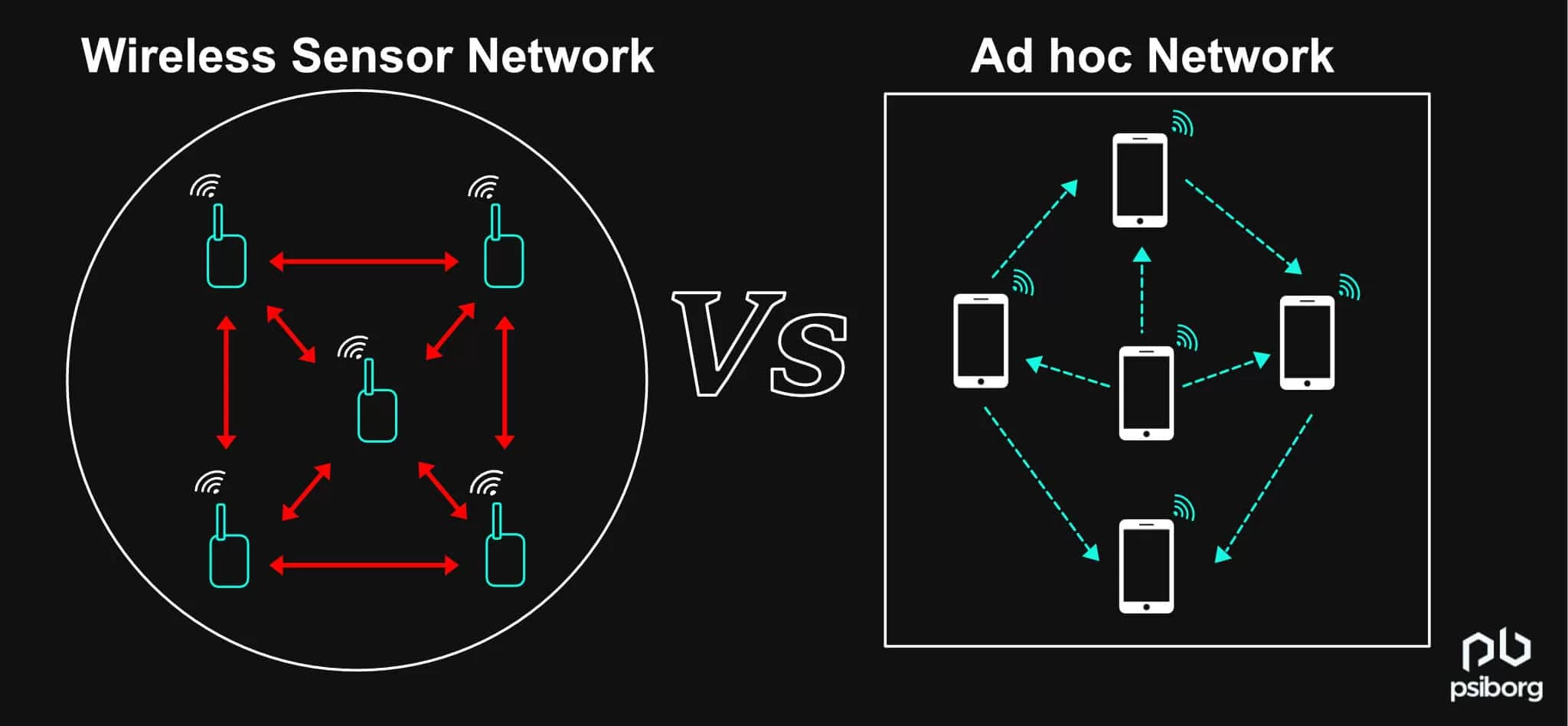
Wireless Sensor Networks vs. Ad Hoc Networks: A Complete Comparison
Wireless sensor networks are data-centric while ad-hoc networks are address-centric.

Wireless sensor networks are data-centric while ad-hoc networks are address-centric.
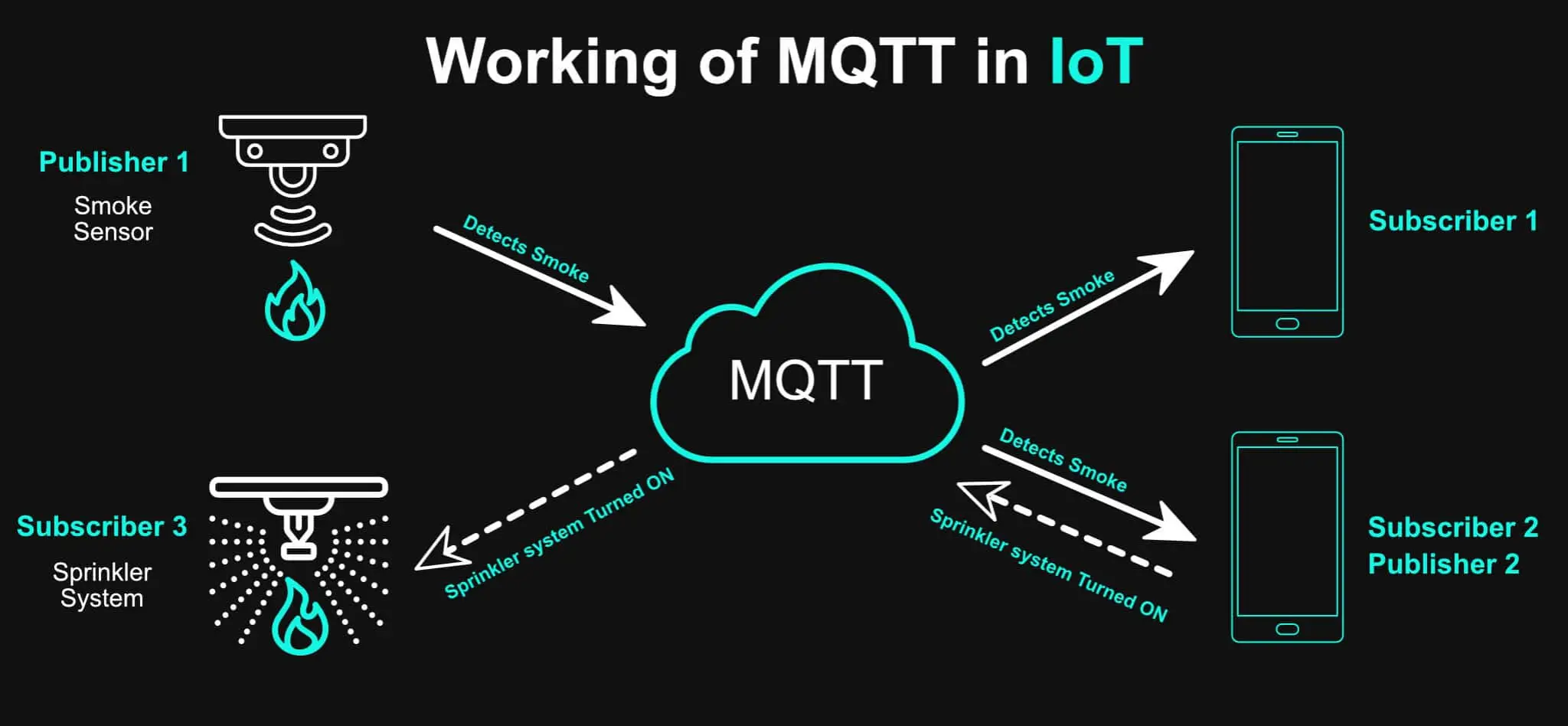
MQTT protocol, which stands for Message Queuing Telemetry Transport, is ideal for IoT due to its lightweight design, low power use, and fast data transfer.
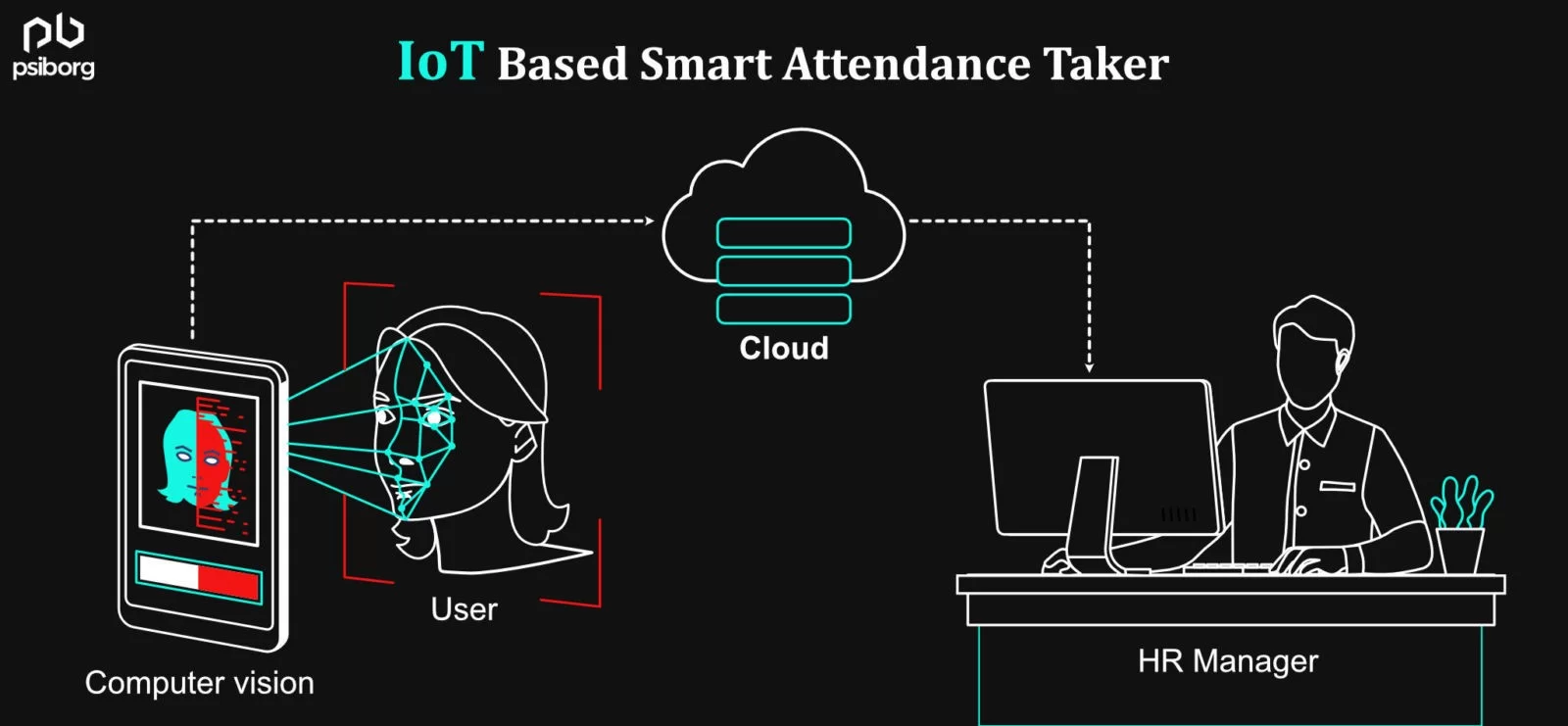
Smart office system connects the working aspects of a workplace to a smart wireless network, and turns it into a high-tech space.
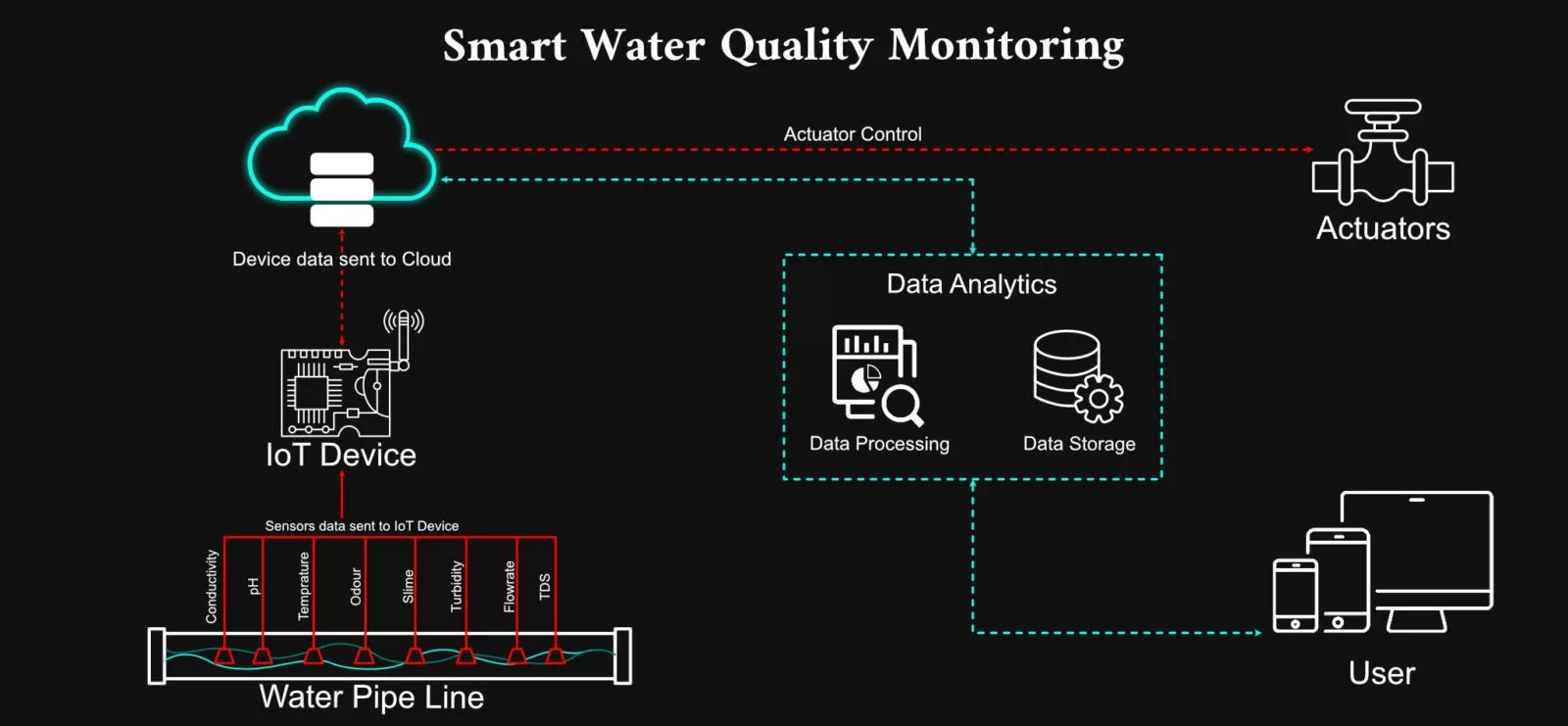
Smart Water Quality Monitoring is a cost-effective and efficient system designed to monitor water quality.
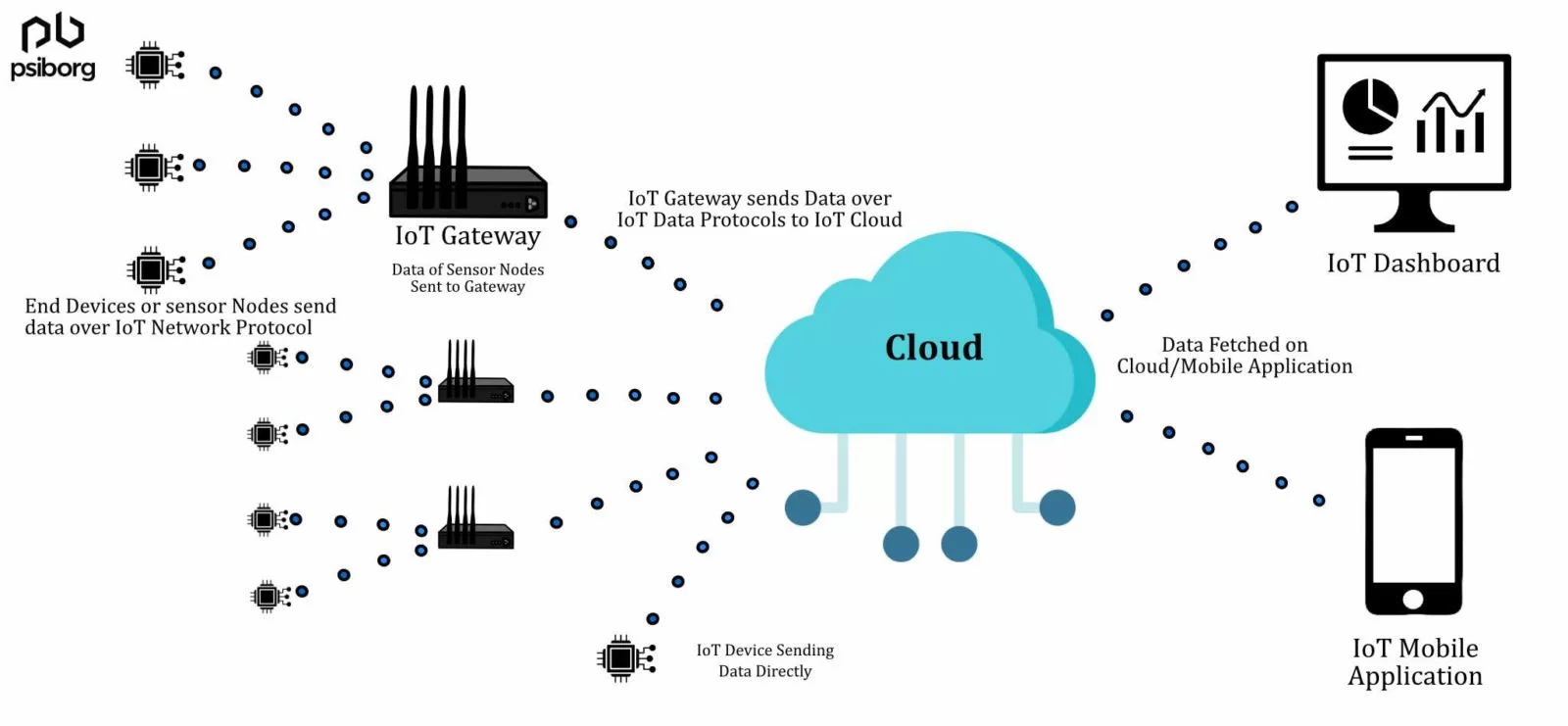
IoT devices communicate using IoT protocols. They use these protocols to transmit data to the gateways, servers, and user applications.
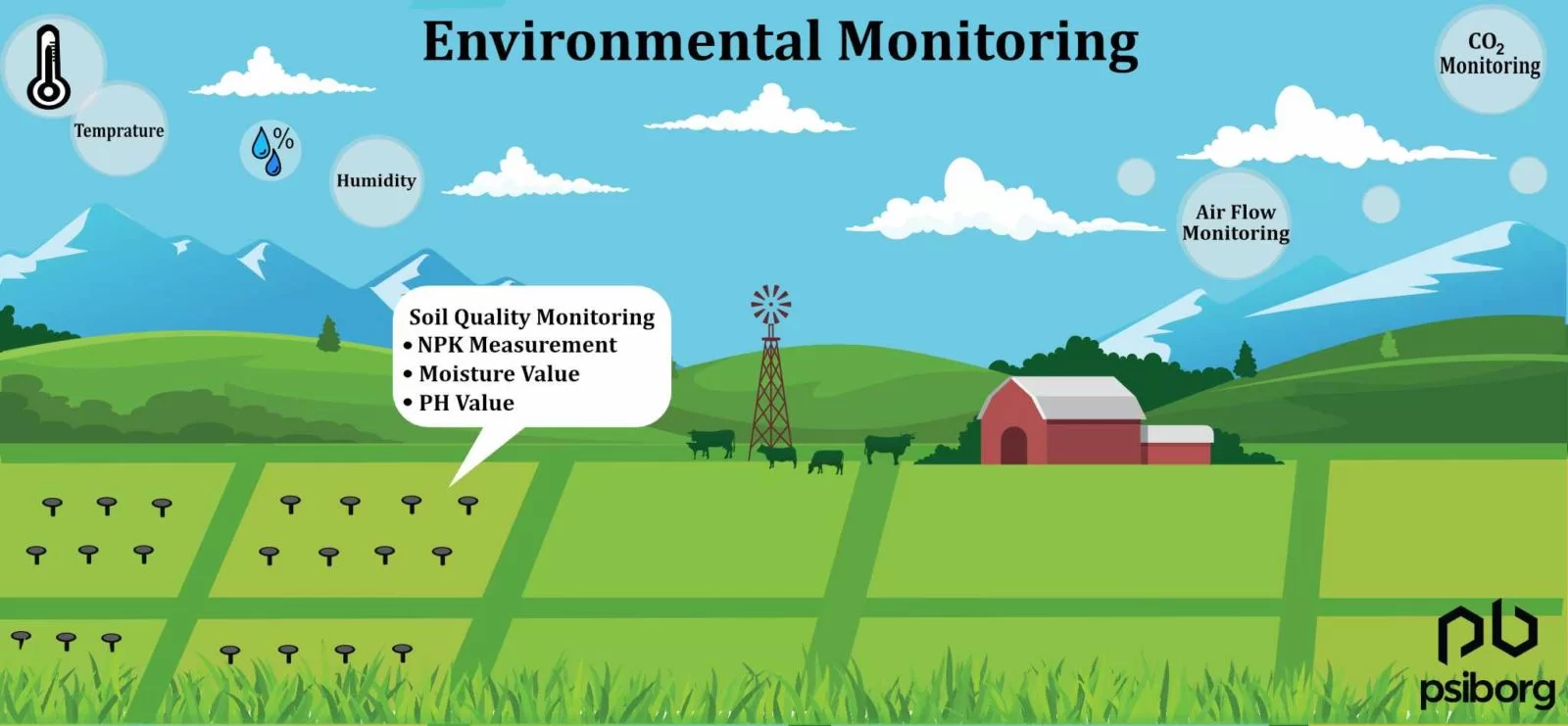
IoT environmental monitoring systems allow us to collect real-time data on environmental parameters, leading us to take suitable actions.
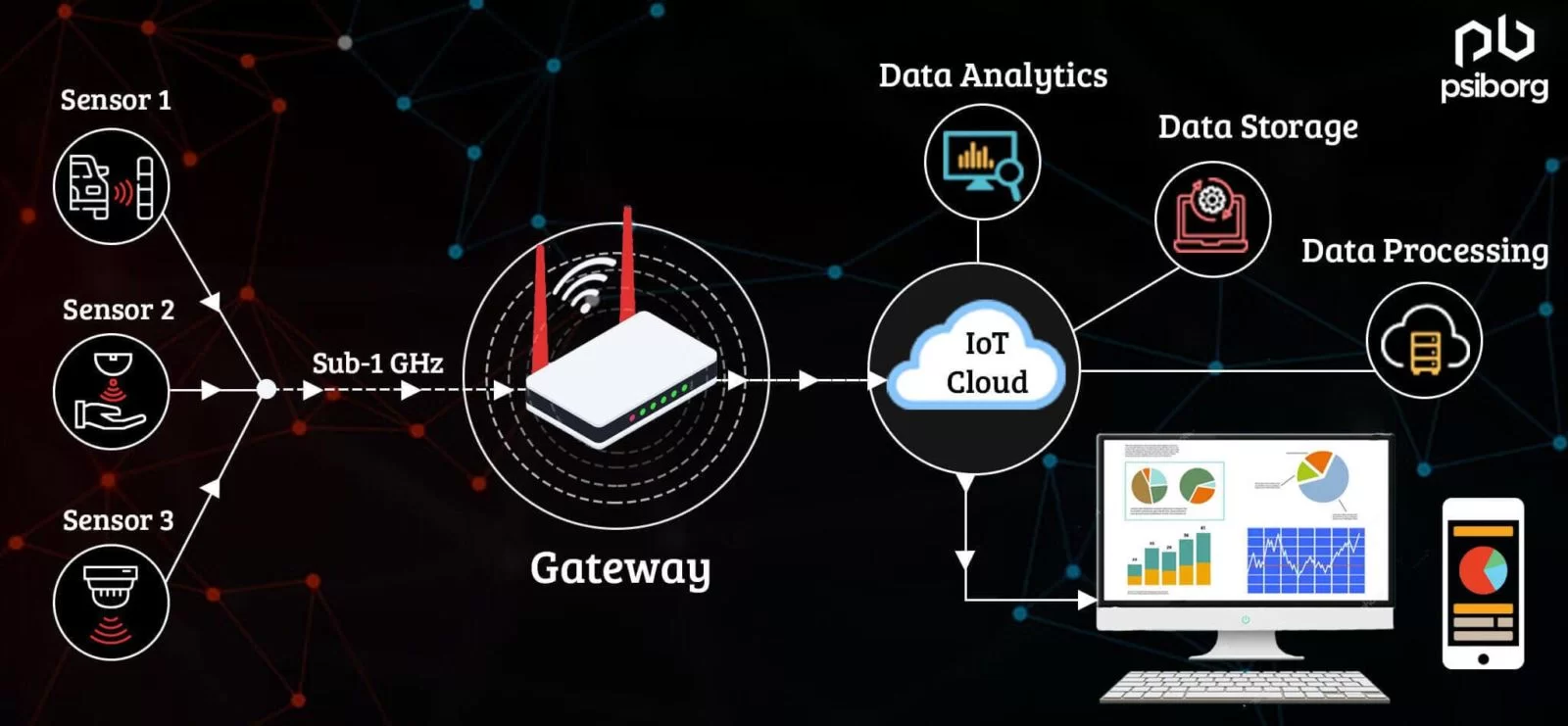
Reliability, low power, and OTA updates are the three factors that need to be taken care of while building a sensor network based on a sub-1 GHz LPRF network.

LoRa based wireless sensor network is a combination of two terms, LoRa (Long Range) and wireless sensor networks.

IoT-based panic button ensures instant alerts, real-time tracking, and faster emergency response for personal, workplace, and home safety.
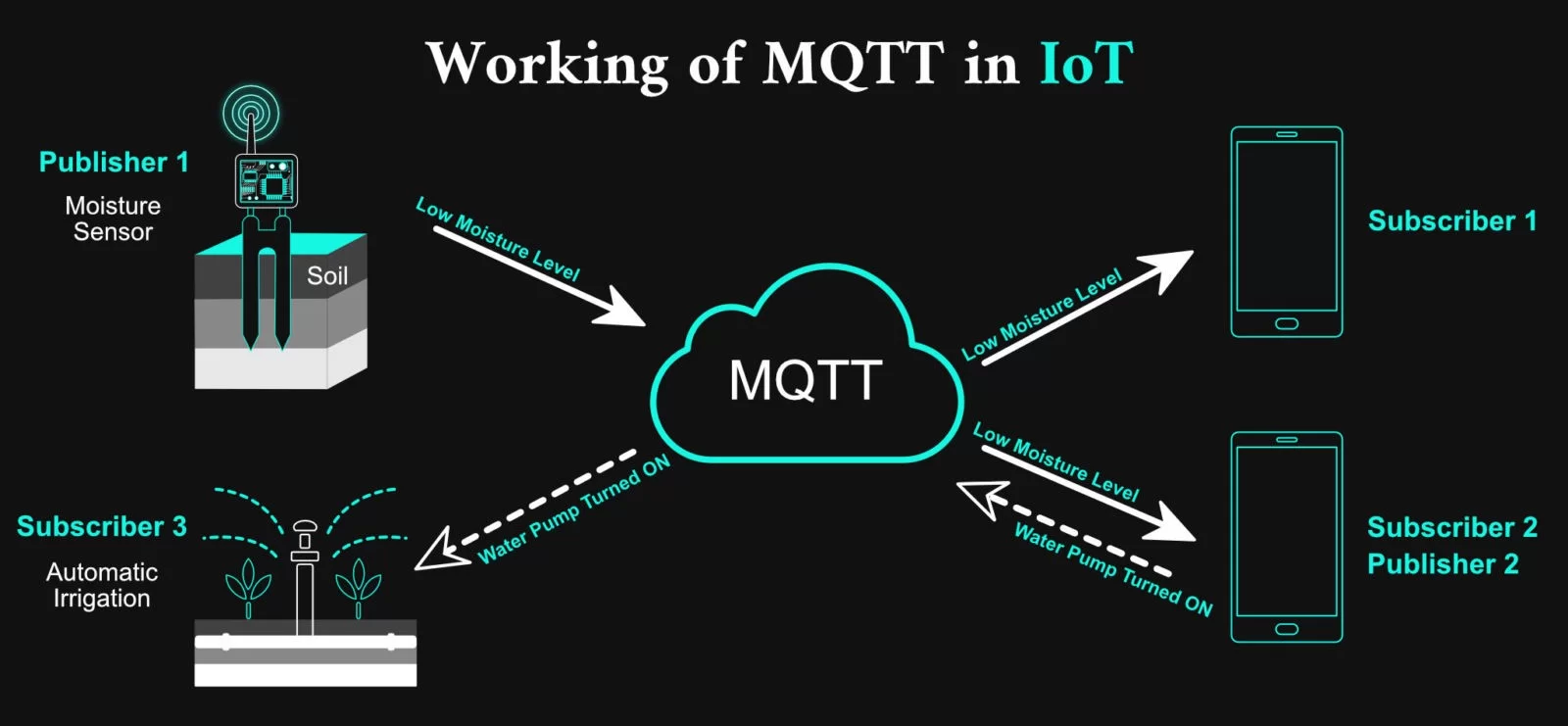
MQTT (Message Queuing Telemetry Transport) is a protocol that is mainly used for connecting devices to each other on the internet with backend services.
Interested in White label IoT solution?